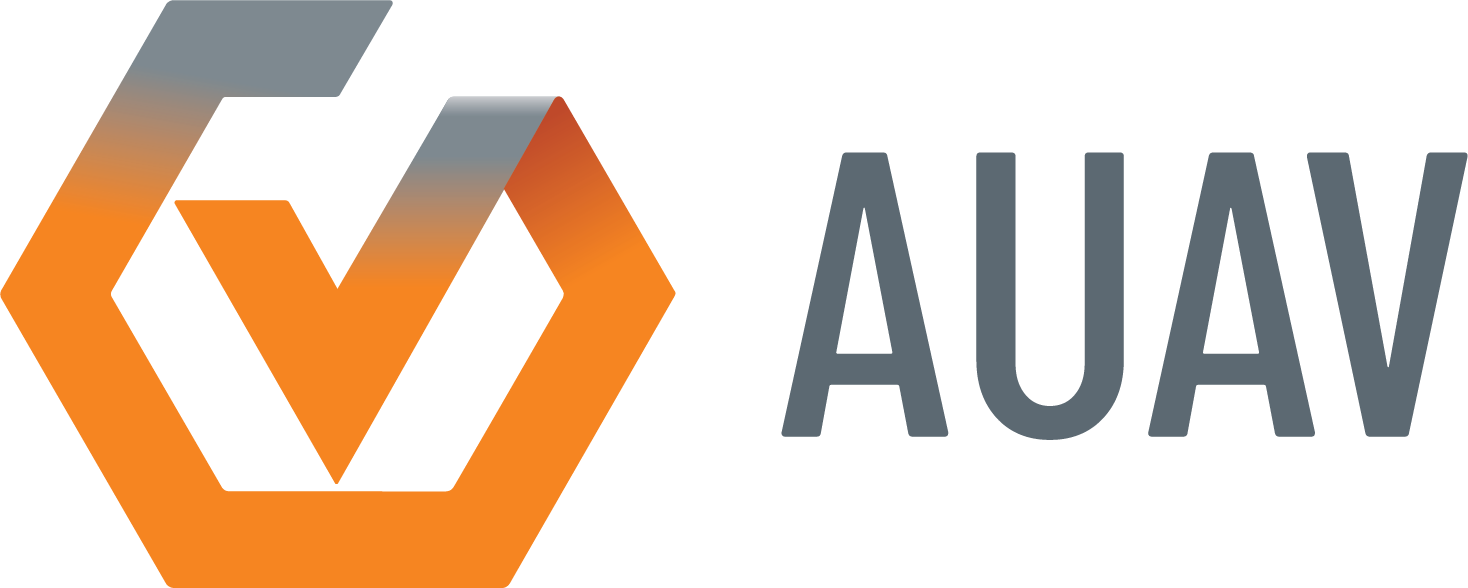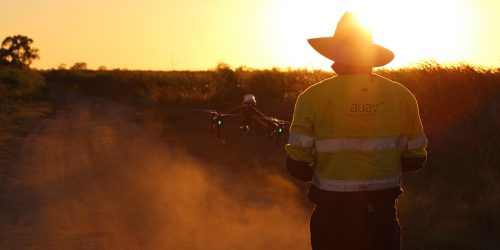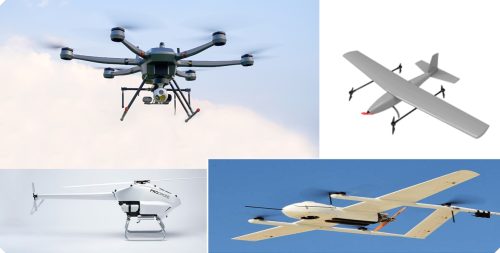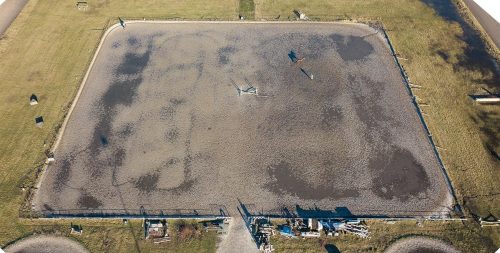As the world quickly adapts to the Coronavirus (COVID-19) outbreak, we’ve also been planning how we can best prepare ourselves at AUAV, and also how drones can assist with the challenge.
AUAV has already curtailed our air travel, driving rather than flying where possible, which adds some cost but greatly reduces the potential for exposure. We have also instituted a company-wide policy to work from home starting this week, which fortunately we are already well-prepared for, with home offices being the norm for all our regional staff. We are also moving client meetings to calls or video conference, and many of the events we were due to present at are already being cancelled or postponed. So overall we feel that AUAV is in a good position to look after our staff and ride out the storm.
In China, drones have been playing an active part in the response, for example:
- Monitoring the curfew and use of masks (Forbes)
- Public service announcements via aerial speakers and banners (ABC)
- Thermal cameras to detect fever temperatures (BBC)
- Providing lighting for rapid construction of emergency hospitals (OpenGovAsia)
And while these are interesting test cases for the use of drones in the wider arena of high-tech emergency response, we feel the largest benefit that drones bring to the current crisis will be economic: allowing a wide range of tasks to continue on by remote work, rather than projects or inspections being suspended for the duration of the crisis.
Our clients often say the greatest benefit we provide is reducing the number of their team members travelling out to sites. By having a high-resolution 3D map and model of the location, many different teams including planning, design, environmental, safety and others can do their work from the office. Even in normal circumstances reducing travel decreases both cost and risk, as the most common causes of staff injury are travel and slips/trips on site. However, in the context of the virus the expense of staff travel is greatly increased (e.g. additional protective equipment, and a separate vehicle per staff member to ensure isolation). Then there are the risks of the travelling staff being exposed, and also in spreading exposure between site staff within your organisation.
We normally talk of the benefits of digital data enabling work to be done from the office rather than in the field, but in the current scenario it is important to show this enables staff to more effectively work from home too. Modern 3D data viewing platforms don’t require a powerful desktop computer or specialist software to be installed: your staff and any other stakeholders can all access this data using just a standard web browser and laptop.

There is a growing trend in moving to this “Digital Twin” workflow for the cost and safety benefits above, but also because it is generally more effective than a traditional physical inspection and provides a better archival record. Drones provide high-resolution data even in high or inaccessible areas and allow for easy measurements, annotation and collaboration between different subject matter experts and stakeholders. This optimises the time of your staff to get through more in a day, instead of spending their time travelling between sites. And of course this now also reduces the need for human contact, keeping everyone productive while working from home, and ensuring your projects and inspection programs can stay on track throughout this period.
Ultimately most projects will still require boots on the ground at some point, but drone data can significantly reduce the number of people required, particularly in the early planning, assessment and design phases of a project. While our own staff will still need to be on site, that is usually only 1 or 2 people who are focused on this work and can take full precautions, whereas a large team of your own staff can pose a higher risk, and be more difficult to mobilise under the recommended health precautions.
CASA’s drone regulation requires us to keep a 30m safety buffer from people in any case, and for many projects we can avoid our staff from even setting foot on your site, as long as all safety protocols are being followed we can often fly over from outside the site with no face-to-face contact.
Drones can clearly reduce the need for human contact in many cases, keeping projects on track with reduced staff movements and assisting to keep the economy running through these challenging times.




